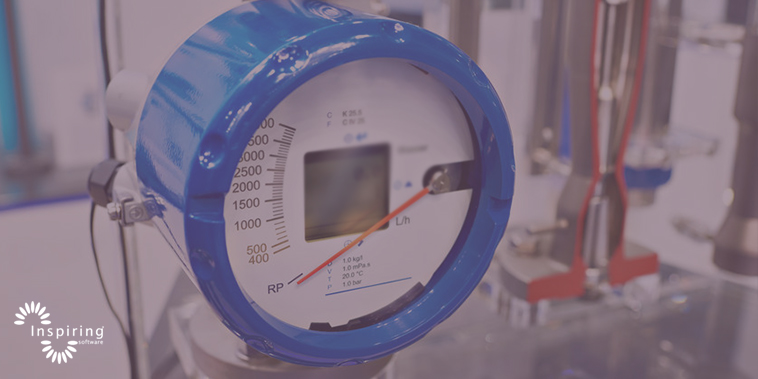Compressed air represents the third energy in the industrial sector. The sale of the related plants has never stopped and has grown, from 2012 to today, in the order of 2-3% per year in terms of volumes, especially following the spread of the so-called “variable speed” system. As a matter of fact, the variable speed compressors automatically adjust the speed according to the demand for air, reducing energy consumption to a minimum and achieving optimal flexibility, especially in the presence of discontinuous production flows. In this article we explain how to increase efficiency and productivity of compressed air systems in order to achieve savings and energy efficiency objectives.
How much compressed air weighs on energy consumption
The issue of saving and energy efficiency has now become central to any type of business. According to data from FIRE, the Italian Federation for the rational use of energy, compressed air has a weight on the electrical consumption of industrial users that varies from a few percentage points up to more than 20%. So much that, in the life cycle of a plant, the electricity consumed represents approximately 75% of the total cost, against an 18% attributable to the purchase of the same. This does not mean that its use, in different business sectors and in various production phases, is still very wide, as the Federation points out. In particular, in the following activities:
- Transport of goods or for air cushions in high precision tools
- Drying
- Process control
- Feeding of tools
- commands
- Presse
- Sprayers
- Printing
- Bottling
The importance of data to analyze processes and not only plants
Such extensive use of compressed air sees the market of suppliers of systems between 30 and 90 kW remain substantially stable, while for those of kW above 90 there is a slight slowdown due to the substantial investments it entails. Furthermore, this market now tends to focus on solutions that increase the productivity and efficiency of the machines. They’re aimining for example to improve performance through inverters or to adopt advanced management and control systems. With a physiological gap, however, which derives from the fact that suppliers almost exclusively underline the performance capabilities of the individual plant. They are not able to intercept the needs of the companies: understanding what is happening, and possibly how to improve it, in the whole process or in the compressor room.
An overall energy optimization, in fact, passes from the analysis of generators, air treatment, filtration, line regulation devices, condensate drains etc. Which today, with the advent of the Industry 4.0 logic, is not only possible, but rather desirable. Since one of the main applications of factory 4.0 is that of data interconnection, within the production cycle, thanks to which all information on the operation of plants and processes is available. Situation of the machines and changes in consumption as production loads change, thus have no more secrets. And they can be observed under the lens of special predictive models that use CuSum cards.
How to save on the power plant and on the single compressor
To understand how predictive models can help identify a problem and find an ad hoc solution, two concrete examples can be given.
In the first case, the analysis focused on the generation plant and on the electricity consumed by the entire compressor fleet as a function of the air supplied globally. Daily data for a few months of operation were collected, as well as those relating to the electricity consumed by the individual compressors to monitor the ignition sequences. An inadequate ignition sequence of the compressors has emerged, detected for the evidence that the first group to start was the one that CuSum reported as the least efficient. It was enough to change the start-up sequence of the groups to achieve a 10% saving on the annual electricity consumption of the air compression system.
In the second example, the model focused on the single compressor and on the electricity consumed specifically as a function of the compressed air supplied. After only one month, a malfunction was found caused by the clogging of the air filter. The subsequent maintenance intervention obtained 7% savings on the annual electricity consumption of the compressor.
Contact us to discover other use cases of predictive models application and our Artificial Intelligence solutions.



